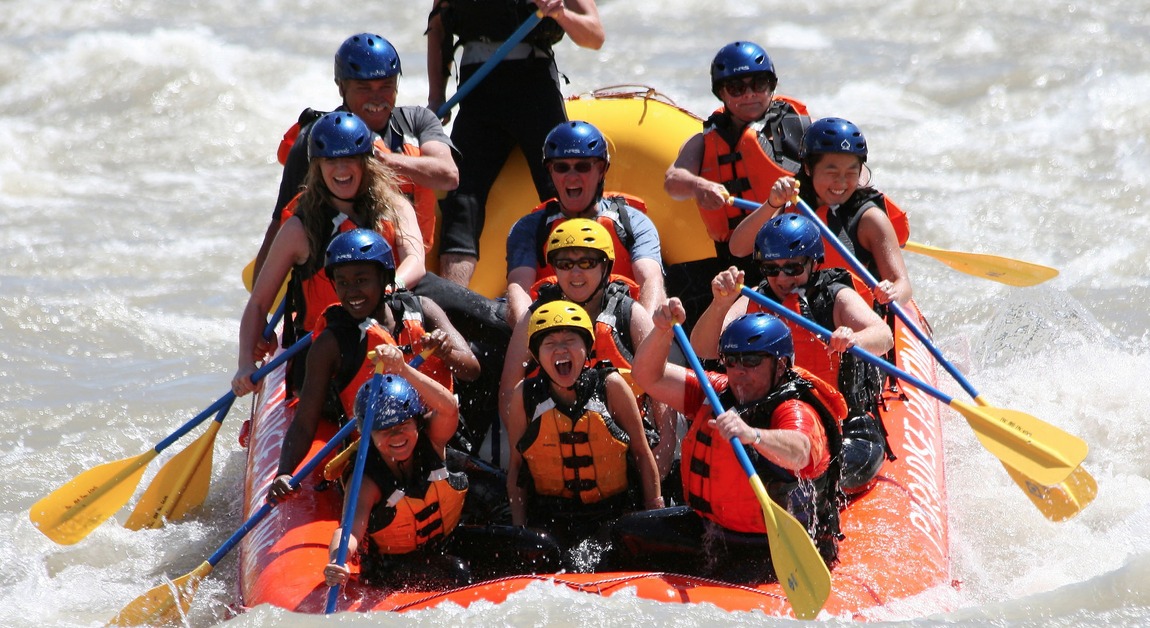Take a summer adventure
Plan and lead a backyard nature scavenger hunt, make a map and checklist, find plants and insects, and record observations.



Step-by-step guide to plan and lead a backyard nature scavenger hunt
MUST TRY - Fun & FREE Kid Activities for Summer
Step 1
Choose a safe spot in your backyard where everyone can explore.
Step 2
Pick a time limit for the hunt like 30 minutes.
Step 3
Take a slow walk around the chosen area to notice landmarks you might add to your map.
Step 4
Draw a simple map on your paper showing at least three landmarks and mark the start spot.
Step 5
Write a checklist of at least ten nature things to find and leave a blank space for a note beside each item.
Step 6
Gather your materials into one small pile so they are ready to use.
Step 7
Write three simple safety rules for the hunt on your paper.
Step 8
Invite one or two friends or family members to join the scavenger hunt.
Step 9
Tell your teammates that you will be the leader for the hunt.
Step 10
Show your map to the group so everyone can see it.
Step 11
Point out the boundaries on the map so everyone knows where they can and cannot go.
Step 12
Tell the group the time limit and when you will stop the hunt.
Step 13
Say "Go" to start the hunt and lead your team along the route on your map.
Step 14
When you find an item stop and write one short observation about it on your checklist.
Step 15
Share your finished map checklist notes and favorite find on DIY.org
Final steps
You're almost there! Complete all the steps, bring your creation to life, post it, and conquer the challenge!


Help!?
What can we use if we don't have paper, drawing tools, or a timer listed in the materials?
Use a piece of cardboard (like a cereal box) or the back of a grocery list to draw the map and checklist, a pencil stub or crayon for notes, and a phone or kitchen timer to track the chosen time limit.
What should we do if teammates get lost, the map is unclear, or we can't find ten nature items?
If teammates get lost or the route is unclear, during the slow walk redraw clearer landmarks and mark boundaries on the paper map, give each person a photo or copy of the map, and if you can't find ten items, swap harder items for nearby easier ones so you finish within your chosen time limit.
How can we change the hunt for younger or older kids?
For preschoolers, make a 5-item picture checklist, shorten the hunt to 10–15 minutes, and have an adult carry the materials and set safety rules, while older kids can use a 10-item written checklist, a magnifying glass or camera, and add one written observation per find.
How can we extend or personalize the scavenger hunt when we're done?
After the hunt, glue small finds to the map, turn your checklist notes into a nature-journal page with photos and a one-sentence favorite-find story, or create themed repeats (colors, textures, insects) and upload your group's finished map and notes to DIY.org.
Watch videos on how to plan and lead a backyard nature scavenger hunt
4 Fun Summer Activities for Kids | Screen-Free & Educational
Facts about backyard nature exploration for kids
🔎 Citizen science platforms like iNaturalist have collected over 100 million nature observations from people worldwide.
🗺️ Orienteering began in Scandinavia in the late 19th century to teach map-reading and navigation skills.
📋 Research links about 120 minutes per week in nature to better physical and mental wellbeing — great motivation for regular scavenger hunts.
🌿 Scientists have described roughly 390,000 species of plants, so backyard plants join a huge global family.
🐞 There are over 350,000 described species of beetles — more than any other group of animals.
How do I plan and lead a backyard nature scavenger hunt for my child?
What materials do I need for a backyard nature scavenger hunt?
What ages is a backyard nature scavenger hunt suitable for?
What are the benefits of doing a backyard nature scavenger hunt with my child?


One subscription, many ways to play and learn.
Only $6.99 after trial. No credit card required


